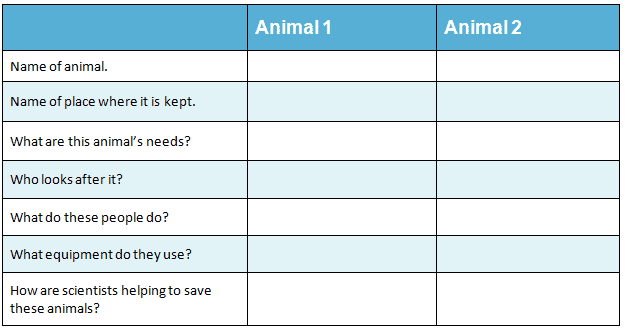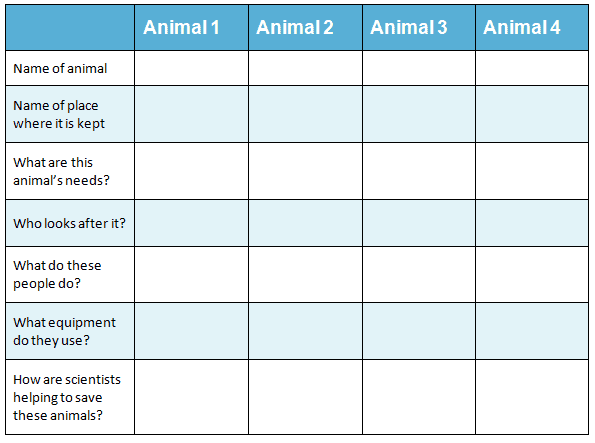Information for Teachers
Curriculum links
This investigation is linked to the following Grade 3 Next Generation Science Standards.
LS2.C: Ecosystem Dynamics, Functioning, and Resilience
When the environment changes in ways that affect a place’s physical characteristics, temperature, or availability of resources, some organisms survive and reproduce, others move to new locations, yet others move into the transformed environment, and some die. (secondary to 3-LS4-4)
LS4.B: Variation of Traits
Different organisms vary in how they look and function because they have different inherited information. (3-LS3-1)
The environment also affects the traits that an organism develops. (3-LS3-2)
LS1.B: Growth and Development of Organisms
Reproduction is essential to the continued existence of every kind of organism. Plants and animals have unique and diverse life cycles. (3-LS1-1)
LS4.D: Biodiversity and Humans
Populations live in a variety of habitats, and change in those habitats affects the organisms living there. (3-LS4-4)
How to search the internet
1 Keep your request short
Fewer words will give a more accurate search.
2 Choose exactly what you want
For example: Arctic Circle Climate
3 Use quotes
Double quotes around a set of words tell the search engine to consider those exact words in that exact order without any change. For example: “Arctic Circle Climate”
4 Use the plus sign (+)
If you add a plus sign (+) between words, the internet will search for all the words. For example: migrate+birds+whales+mammal
5 Use the minus sign (–) to say what you don’t want
Use a minus sign (–) to show words you do not want to appear in your results. For example: if you search for burrowing animals and do not want mammals in your search, –mammals will exclude mammals. Note that you need to put a space before the minus sign for the word to be excluded.
6 Be very clear about what you don’t want
Part 1
Ask questions and define problems
After reading Caring For Animals, you may have many questions about the different ways people care for animals in captivity.
List your questions
- Compare your list with questions that others have.
- Choose a question you would like to investigate.
- You can work alone, with a partner, or in a small group.
You may want to choose one or more of these questions to investigate
Q1. Why do some animals need care from people?
Q2. How do people meet animals’ needs in captive environments like zoos and sanctuaries?
Q3. What technologies do people use in the care of animals?
Go to Part 2 Investigate →Part 2
Investigate
Do searches in the internet or in books or talk to people who can help to find the information you are looking for.
Go to Part 3 Record data →
Part 3
Record data
Find a way of recording your information that will allow you to see any patterns in the data.
Data Chart for Caring for Animals
(Download and change to suit your information)
 Download Chart
Download Chart
Go to Part 4 Organize, analyze, and interpret data →
Part 4
Organize, analyze, and interpret data
1. Look over the information you have gathered and the patterns you have found.
Why do some animals need care from people?
How do people meet animals’ needs in captive environments?
What technologies do people use in the care of animals?
2. Search for other patterns.
Why are conservation programs important to ensure the survival of some animal species?
How can people assist if a wild animal is injured?
3. Makes notes about what you find.
Go to Part 5 Present and share →Part 5
Present and share
Look over all of the information that you have gathered in your investigation.
What are the most important ideas about the ways people care for wild animals in captivity?
Make a chart showing the most important ideas.
 Download Chart
Download Chart
← Return to menu